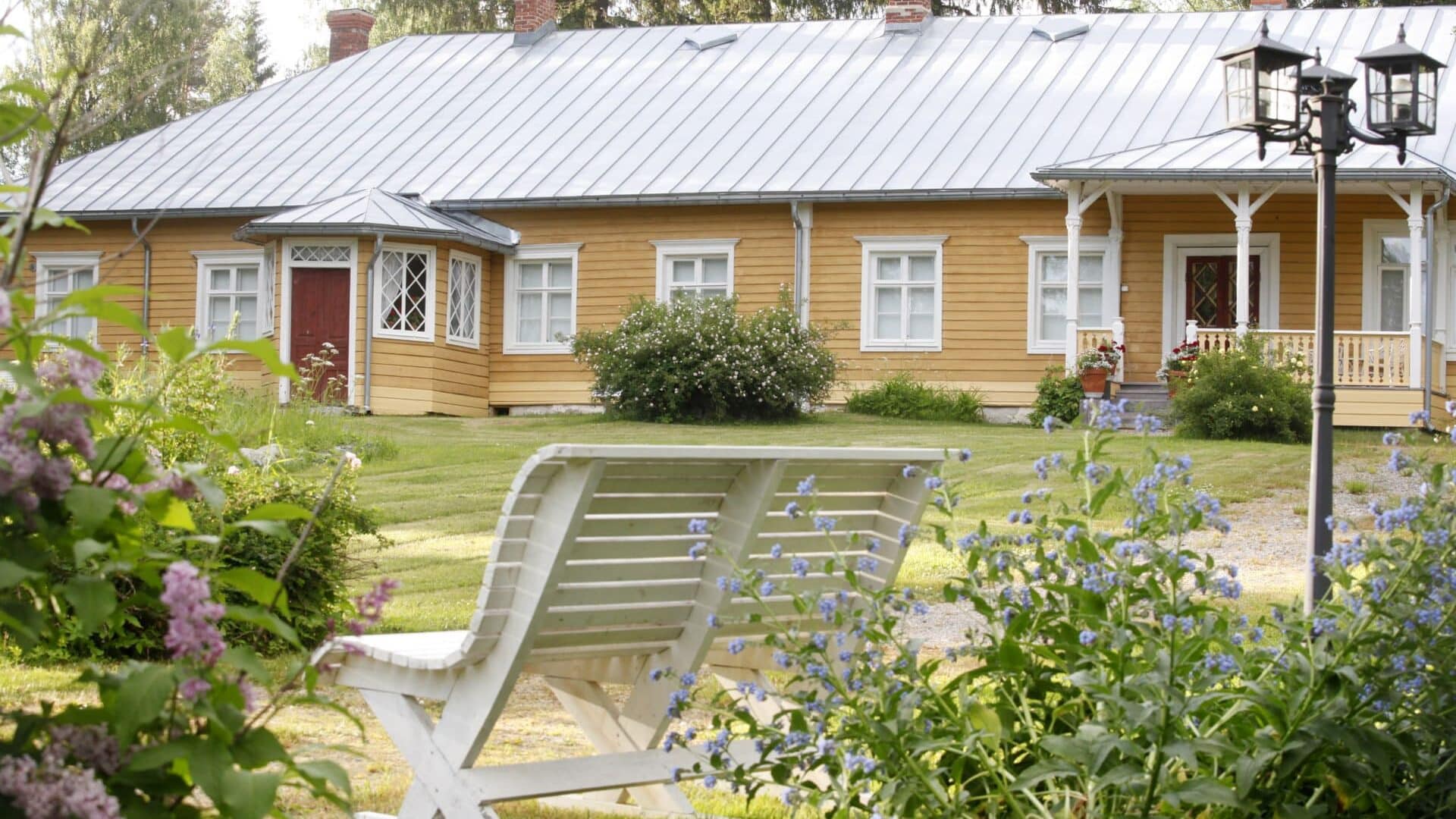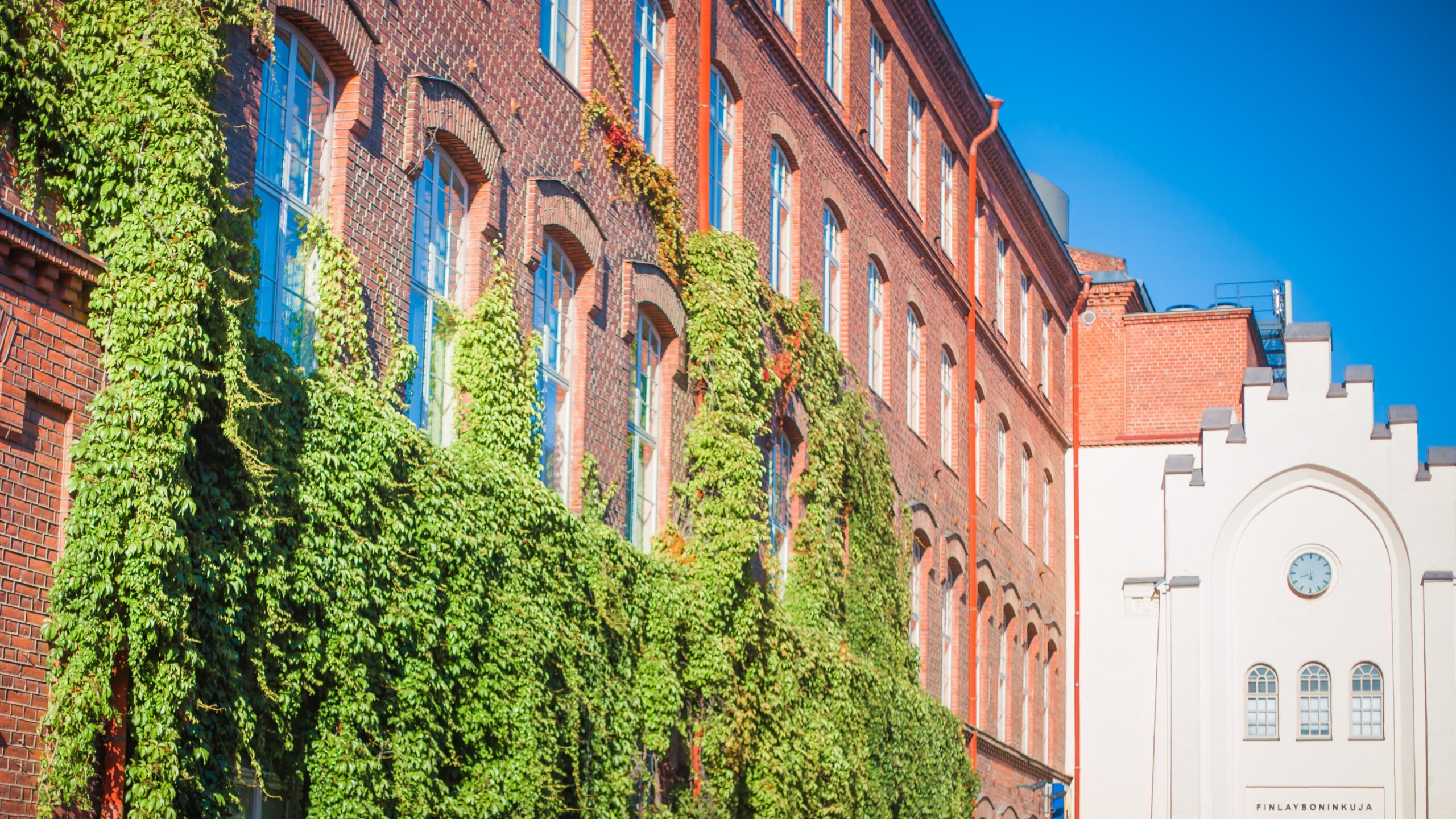If you want to discover the industrial heritage of Lakeland Finland, Tampere is the perfect destination. Founded in 1779 around the Tammerkoski rapids, the “Manchester of the North” quickly developed into the country’s industrial centre. This is still symbolised by the historic red brick buildings, which together with the rapids form a Finnish national landscape. Find out where you can experience industrial heritage up close in Tampere and which other destinations in Lakeland Finland are worth a visit.
1. The Finlayson Area and the Stable Yards (Tallipiha)
A kind of “city within the city” in Tampere is the Finlayson Area. Founded in 1820 by Scotsman James Finlayson, the Finlayson cotton factory became one of the most important industrial enterprises in the Nordic countries. That is now a thing of the past. Today the area is used in many different ways. Besides offices, you will find shops, cafés, restaurants and a cinema. The Finnish Labour Museum Werstas invites you to learn more about the history of the working class with free admission.
In the Finlayson Palace, once the residence of factory owners, you can now indulge in culinary delights. Don’t miss the Stable Yards (Tallipiha). Built in the 19th century, these former horse stables now house small craft shops and a café. Tallipiha is undoubtedly one of the most idyllic spots in Tampere and a symbol of the city’s versatility.
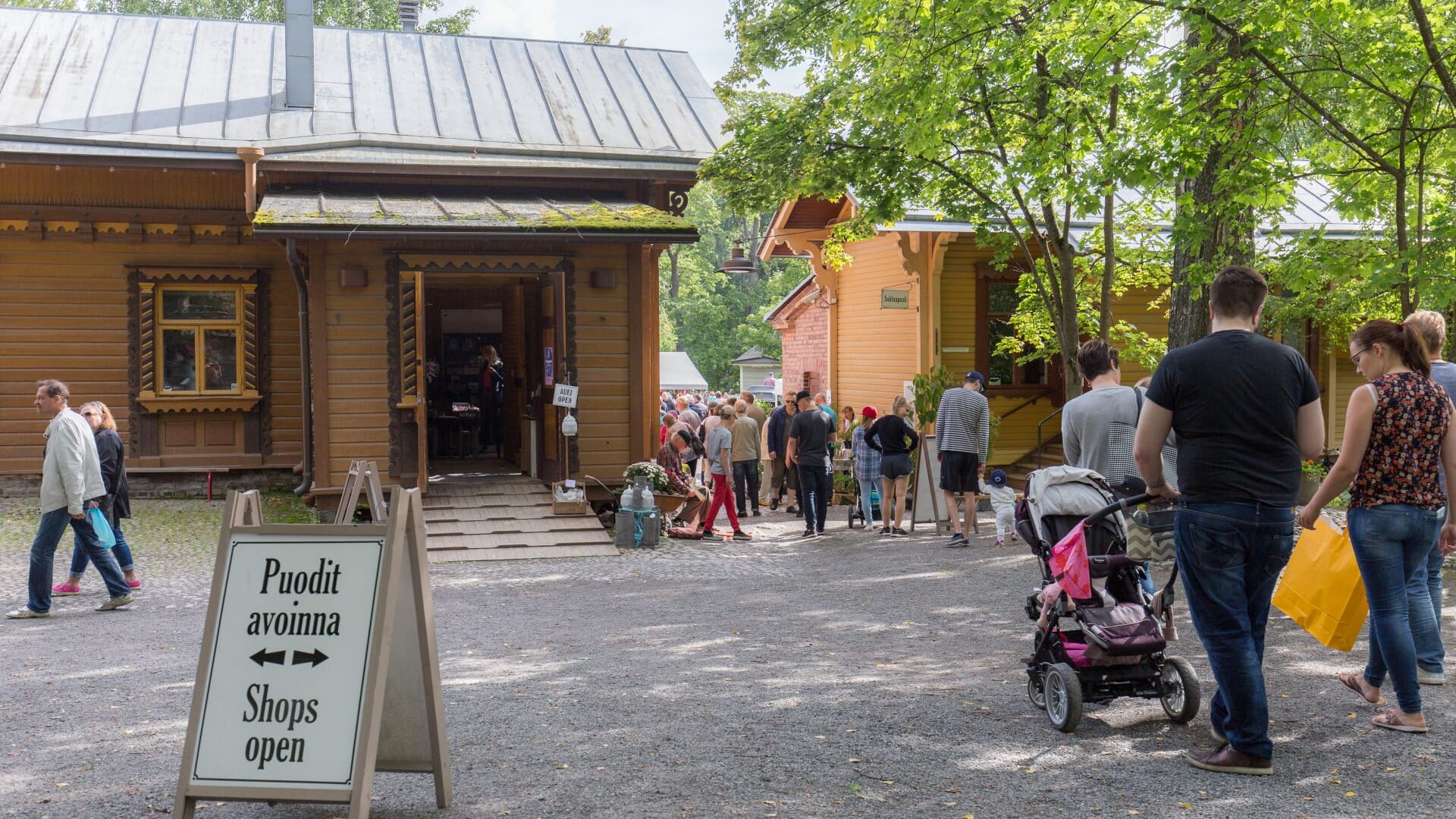
2. Tampella with the Museum Centre Vapriikki
The former Tampella factory is another prime example of Tampere’s industrial heritage. It all started here in 1844 with a small blast furnace. Later, the machine and linen factories merged into one company that produced, among other things, turbines, ships and locomotives, but also linen products under the name Tampella.
Today, the Tampella area invites you to admire the city’s highest factory pipe (104 metres) on Tampellan esplanadi street, to stroll along the wooden mansions formerly inhabited by engineers and directors, or to pay a visit to the Museum Centre Vapriikki. Under one roof you will find exciting museums for the whole family: the Finnish Museum of Games, the Postal Museum, the Natural History Museum of Tampere, the Finnish Hockey Hall of Fame and much more.
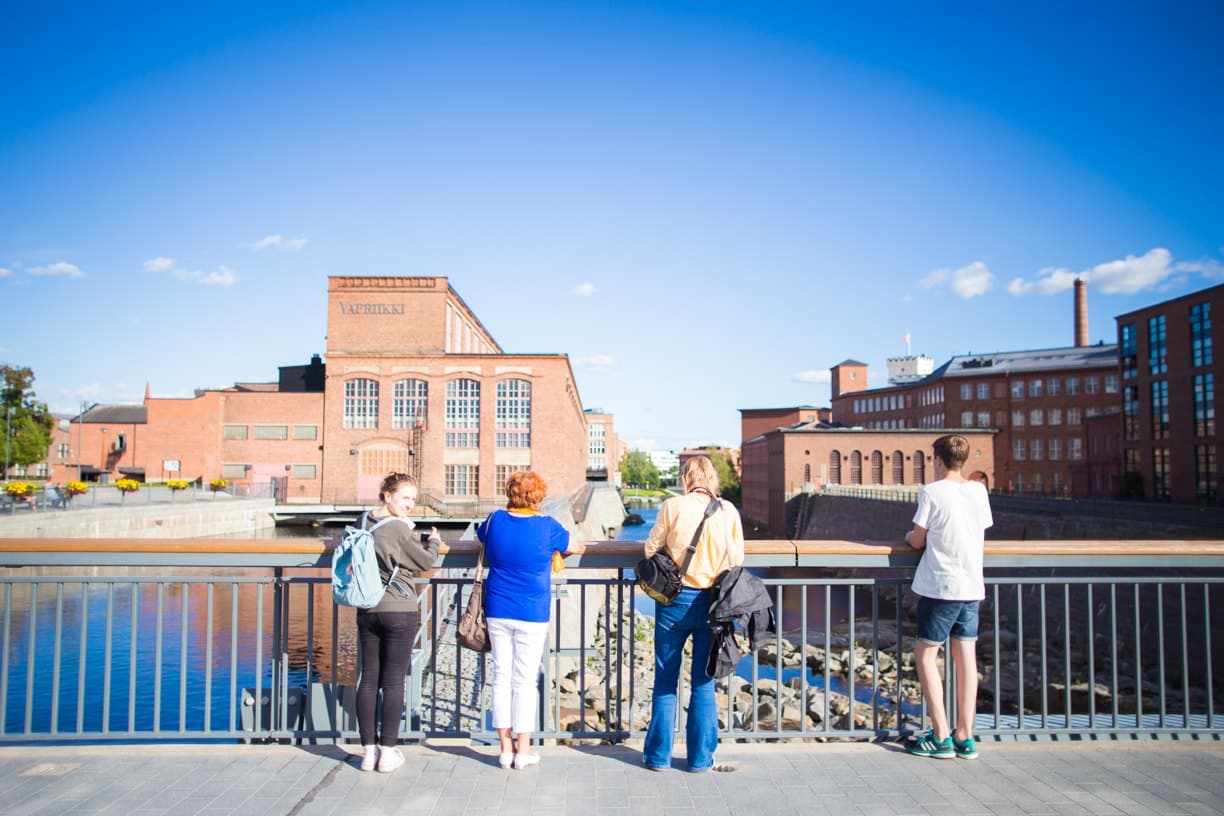
3. The largest Market Hall in the Nordics
Located right on the main street, Hämeenkatu, in the heart of the city, Tampere Market Hall invites you to explore with all your senses. Opened in 1901, it is a symbol of Tampere as a trading city. Built of steel and bricks, it is still the largest indoor market hall in the Nordic countries.
More than 30 vendors provide an excellent selection of high-quality products, combined with a unique atmosphere and friendly service. Whether freshly caught fish, locally produced meat, cheese, organic vegetables or baked goods – Tampere’s market hall is a paradise for gourmets. Restaurants and cafés invite you to enjoy small moments of indulgence.
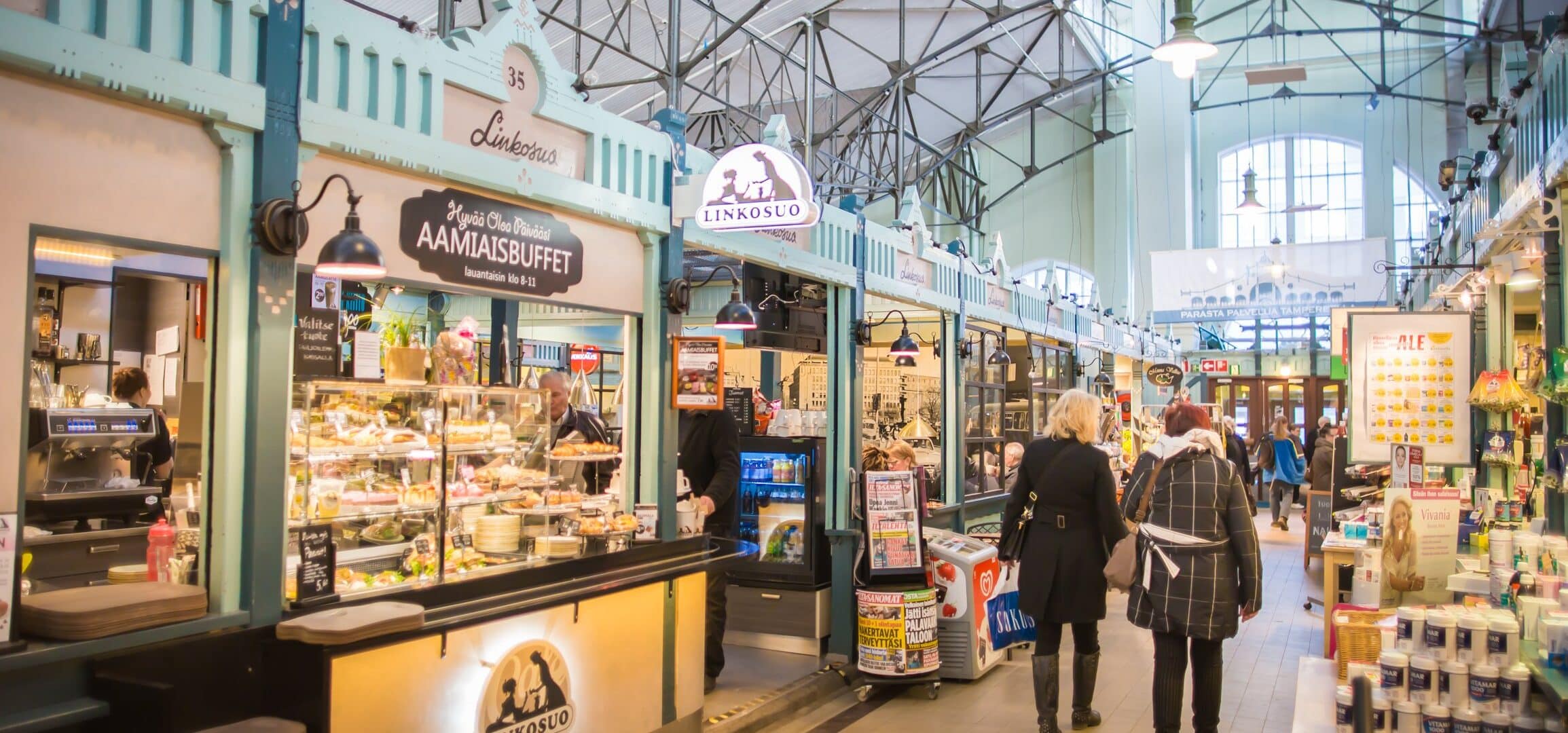
4. The Amuri Museum of Workers’ Housing
Finland’s first working-class district, Amuri in Tampere, was once home to 5000 people. Only one of the historic blocks of wooden houses still exists today. It has been converted into an extraordinary museum where you can take an exciting journey back in time.
The Amuri Museum of Workers’ Housing vividly shows you the lifestyle and living conditions of the working class from 1880 to 1970. In addition to getting a look at homes from different eras, you can take a tour to see a bakery from the 1930s, a shop from the 1940s and a traditional communal sauna. Café Amurin Helmi serves breakfast, lunch and delicacies from its own bakery.
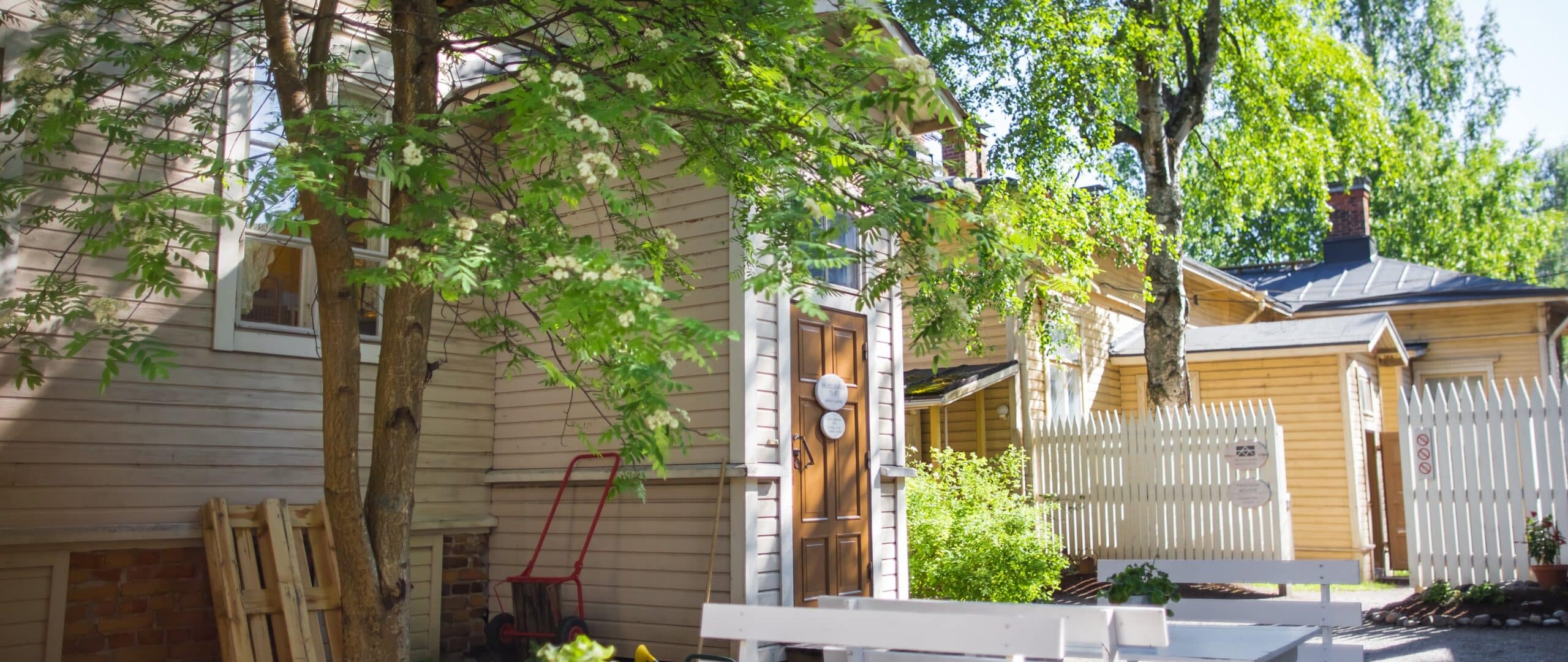
5. The wooden house district of Pispala
As a former working-class neighbourhood, Pispala is closely linked to Tampere’s industrial heritage. Today, perhaps the city’s most beautiful district, with its colourful wooden houses, is considered a popular and therefore expensive residential area. Situated in a scenic location on the Pyynikki ridge, you can enjoy fantastic views of the two large lakes Näsijärvi and Pyhäjärvi.
Pispala has retained its original charm to this day. The neighbourhood exudes peace and serenity. With its green gardens and stairways, it is a great place for taking a walk or go jogging. Besides Café Pispala and the Pispalan Pulteri restaurant, Rajaportti, the oldest public sauna in Finland still in use, welcomes you and invites you to sweat.
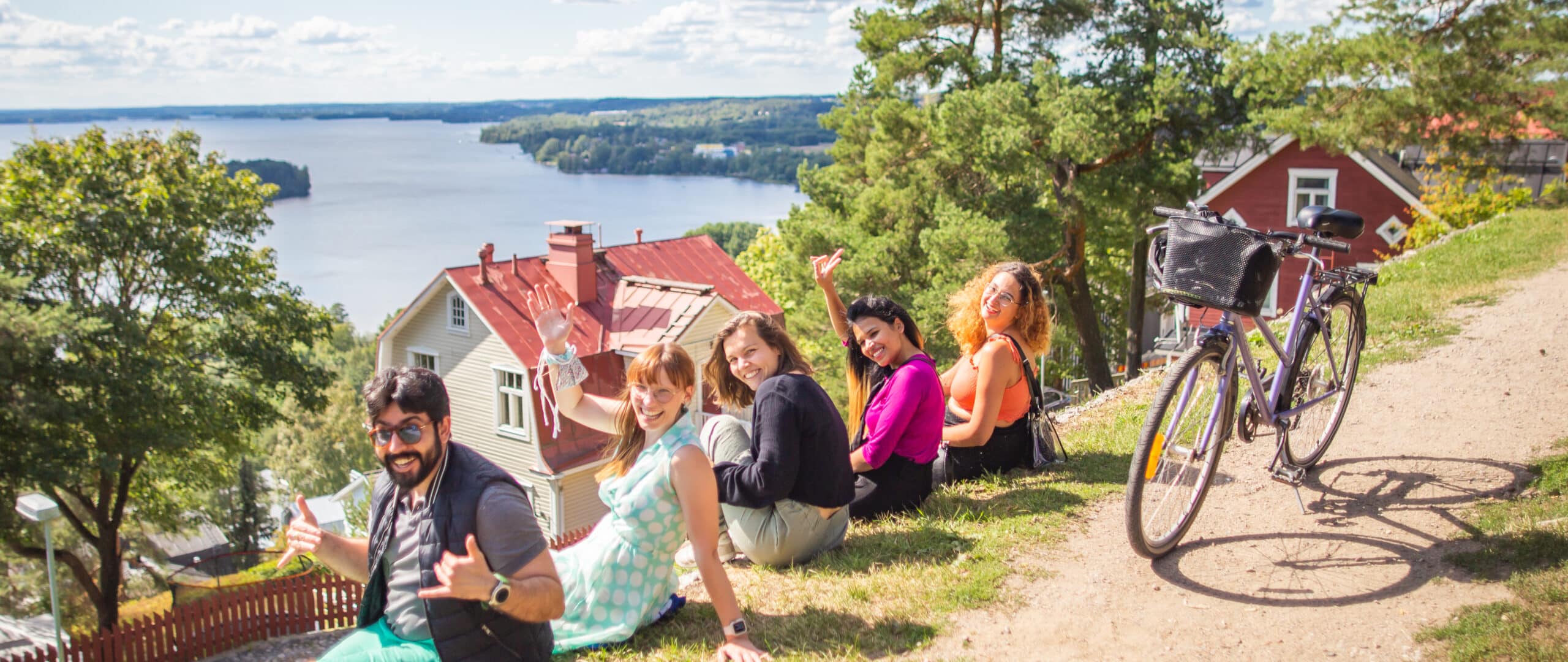
6. Forssa Museum & Pattern Centre
The small town of Forssa was home to Finland’s first textile printing works starting in 1861. Finlayson’s colourful patterns took the world by storm. Although the machines at this site are no longer in use, the textile tradition lives on in the red brick buildings on the Spinning Mill Area and Kehräämö site. Forssa’s spinning and weaving mills are places steeped in history.
Visit Forssa Museum for insights into the city’s industrial heritage. A special highlight is the Pattern Centre, which tells the story of Finnish textile printing in a vivid way. The exhibition invites you to touch, feel and try out. And if you want, you can take home a souvenir of hand-printed fabrics made in the old tradition from the shop. The museum and Pattern Centre are part of the European Route of Industrial Heritage.
Tours and sights in the Spinning Milla Area ↗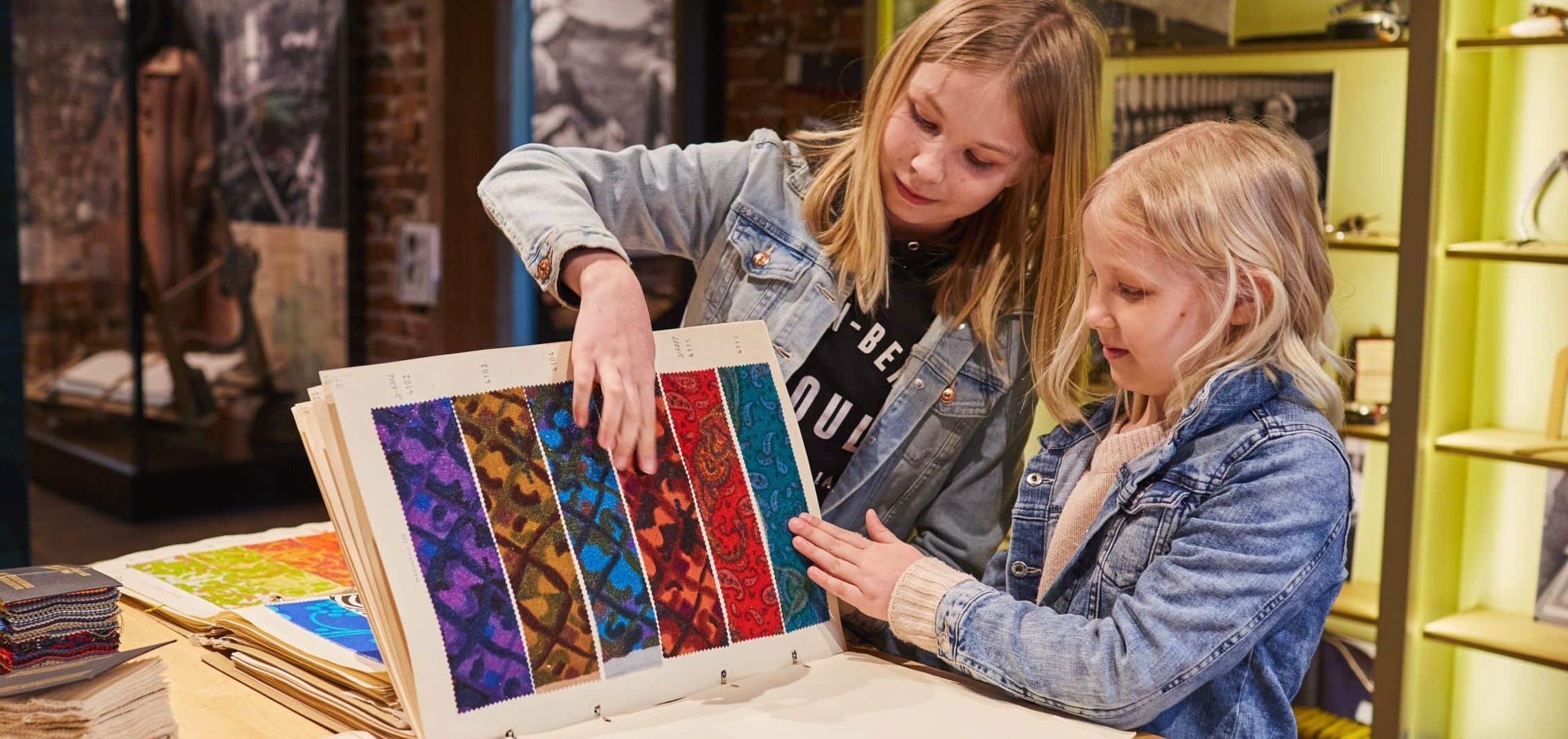
7. Glass and design in Iittala and Riihimäki
Glass as a material has a long tradition in the Häme region. The village of the same name is home to the globally popular brand Iittala. Vases, bowls and glasses are still handmade here today. Visit Iittala Village to admire the art of glass blowing with your own eyes in Iittala Glass Factory. The Iittala Glass museum, outlet and boutiques are also among the highlights on the site.
Another centre of industrial heritage is Riihimäki, once internationally known as the Crystal City. Glass craftsmanship is still alive here today. You can watch the glassblowers at work at the Mafka & Alakoski glass studio. You can also visit Lasismi. The Finnish Glass Museum in Riihimäki offers deeper insights.
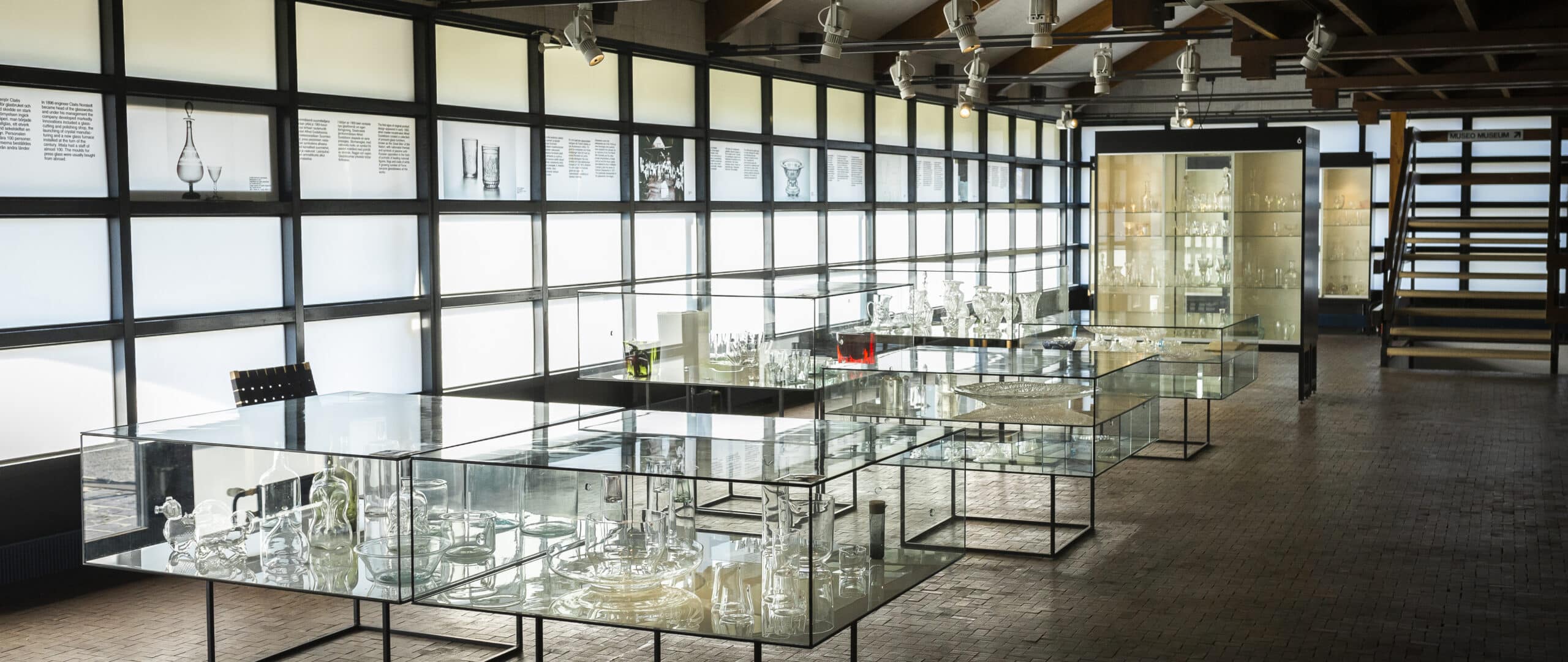
8. Sibelius Hall in Lahti
Sibelius Hall in Lahti in the southern Lakeland Finland combines industrial heritage with modern wooden architecture. The integration of an old sawmill built in 1907 gives the Sibelius Hall a special touch. Named after Finland’s most famous composer Jean Sibelius, the concert and congress hall is beautifully situated on the waterfront at Lake Vesijärvi, where it was opened in spring 2000.
1250 visitors can listen to the performances of national and international artists in the hall, that enjoys an excellent reputation for its outstanding acoustics. Behind the glass facades is the largest public building made of wood built in Finland in the last hundred years. Sibelius Hall is home to the Sinfonia Lahti orchestra.
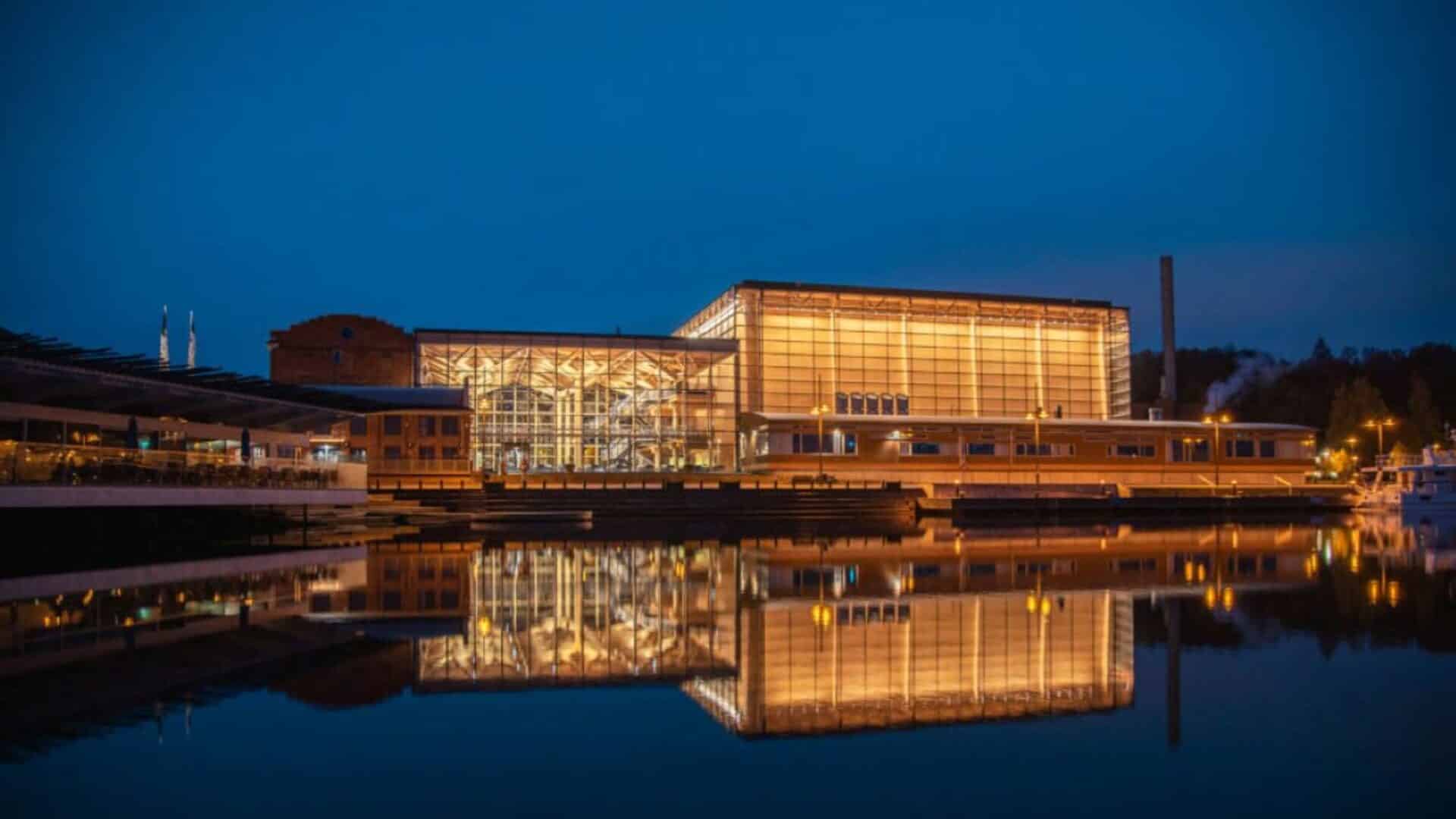
9. Malva – a special museum experience in Lahti
Malva is a museum experience for the whole family in Lahti that impressively demonstrates how industrial heritage can become a living place for lovers of art, design and culture. Malva opened in spring 2022 in Malski Center, a former brewery site.
Visit Malva and find out that a Museum of Visual Arts does not have to be boring at all. Malva is aimed at experienced museum-goers and culture lovers alike, as well as families with children and beginners. The holistic experience includes a museum shop, brewery pub, restaurant and café.
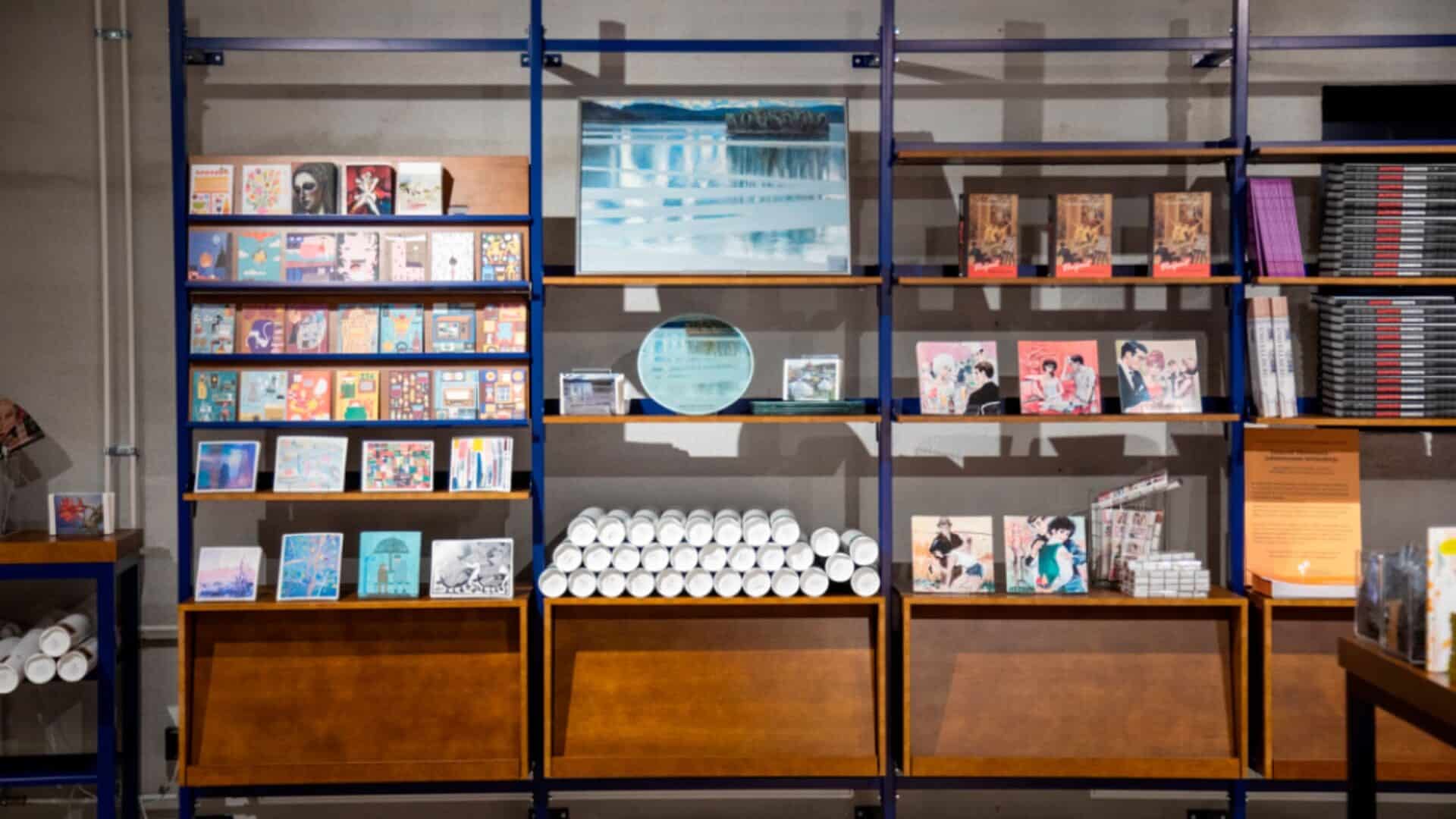
10. Möhkö Ironworks in Ilomantsi
In Möhkö, Finland’s easternmost village, which belongs to Ilomantsi, a destination for the whole family awaits you. By the Koitajoki river, surrounded by the picturesque landscapes of North Karelia, an ironworks was once built to mine marsh ore and a type of iron ore.
Today you can walk around the park-like grounds, which still exude a touch of industrial heritage, take a look at the historical buildings and military-historical objects, visit an arboretum or admire the natural beauty of Lakeland Finland at the Lotinankoski rapids. The canal system on the site has been restored by the Museum Foundation. The former barge Manta now houses a café.
